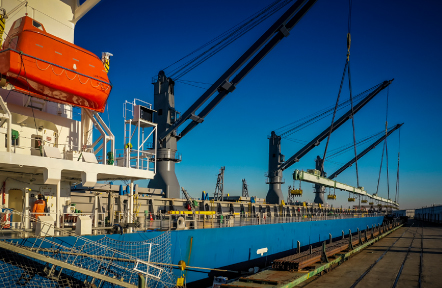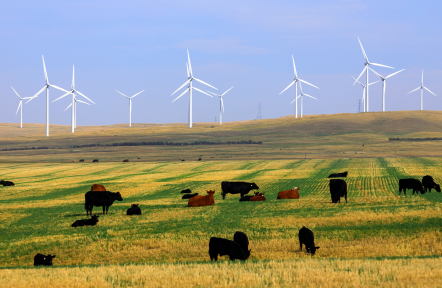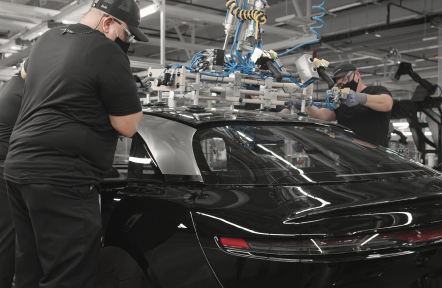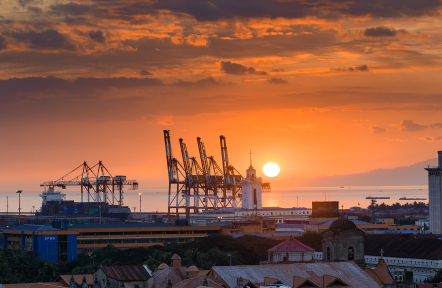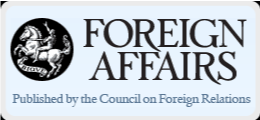With gross domestic product growing uninterruptedly at an annual average of 5.3 percent over the past 15 years, the Peruvian economy has impressed its neighbors, as well as countries around the world. Now Latin America’s leading emerging market, Peru has positioned itself well as an investment hub and an ideal gateway to the region.
To further strengthen its position, the country of 32 million people joined the Pacific Alliance, an economic bloc that is composed of Mexico, Chile and Colombia and is party to 50 different free trade agreements with countries in Latin America and the rest of the world.
Following a close election in April, President Pedro Pablo Kuczynski vowed that his government would expand Peru’s economic base. Elaborating on that promise, Minister of the Economy and Finance Alfredo Thorne underscored the need for the government to diversify the country’s economy.
“Our focus is on finding new drivers for our economic growth. We are an economy that is very dependent on mining. With commodity prices coming down, we are aiming at new domestic drivers for expansion. Two that we have identified are infrastructure investment and productivity growth,” Thorne said.
Diversification is key
Traditionally the backbone of Peru’s economy, mining has contributed greatly to the country’s economic strength over the years. However, with the slump in global commodity prices, the urgency to diversify the economy is paramount.
In this situation, industries such as agriculture, construction and tourism have become more important. Meanwhile, as the middle class grows wealthier, the automotive industry has also provided the impetus to boost the manufacturing sector and domestic spending.
“After mining, we are the second-largest sector in Peru. We offer a lot of opportunities in Peru compared to other countries because the level of motorization is very low,” said Automotive Association of Peru General Manager Enrique Prado.
Recognizing the potential of the automotive sector, some Asian carmakers have already set up shop in Peru. Japanese giants Honda and Toyota have gained a head start over their global rivals and asserted their dominance in this market.
Honda, in particular, is already a household name in Iquitos, where it operates the country’s largest manufacturing plant. Providing jobs to the local community, the Japanese company has become an integral part of life in the far-flung Amazon region.
“Without our people, we cannot get things done,” stressed Honda del Perú President Makoto Toyoda.
Amid the continuing economic and social modernization, Peru has also seen the rise of startups, particularly in the tourism sector.
However, the industry attracting the most attention because of the need for foreign capital and expertise is infrastructure. With economic growth expected to continue, the government says the country needs new airports, seaports, roads and bridges, which will support the growth of a logistics industry that will, in turn, result in increased productivity and higher employment.
And overseeing all these developments is ProInversion, an agency under the ministry of economy and finance dedicated to attracting more foreign investors to the country.
“The main objective of the government of Peru until 2021 is first to reduce the gap that we have in infrastructure by half. That means a large share of what needs to be done must be processed by ProInversion. This will happen through different ways, but mostly through public-private partnerships,” explained Proinversion Executive Director Alvaro Quijandria.
But Quijandria also stressed the importance of strengthening agricultural exports. He said, “Peru is growing quite strongly in terms of agribusiness, partly because of exports to Japan that remain very strong and promising.”
And blessed with the most microclimates in the world, Peru allows for the cultivation of a very diverse variety of agricultural products all year round.
Long-term partnership with Japan
As the first country in Latin America to formally establish diplomatic relations with Japan, Peru has a special bond with the Asian economy. That shared bond is also traced to the rich heritage of Peruvians with Japanese ancestry.
On the economic front, Peru is seeking the assistance of an old, trusted ally in its bid to join the Organization for Economic Cooperation and Development. The two countries are also negotiating a tax treaty that would enhance bilateral trade.
Norihide Tsutsumi, the president of Mitsubishi’s Peruvian operations and head of the Peru-Japan Chamber of Commerce and Industry, is actively promoting those two causes.
“Peru needs a great deal of investment. It is promoting itself and asking China, Japan, Korea and the U.S. to come and invest, but without a tax treaty, it becomes more difficult. A tax treaty between Peru and Japan will definitely enhance exports of Japanese infrastructure through investment in the sector,” Tsutsumi said.
After successfully hosting last year’s Asia-Pacific Economic Cooperation summit, Peru hopes to forge more free trade agreements with members of the group.
And with the future of the Trans-Pacific Partnership (TPP) uncertain under the administration of U.S. President Donald Trump, the Peruvian government believes bilateral deals are the way to go for now.
While there is talk to carry on with the TPP — even without the participation of Washington — Peru and Japan are determined to deepen their relations and forge ahead regardless.

